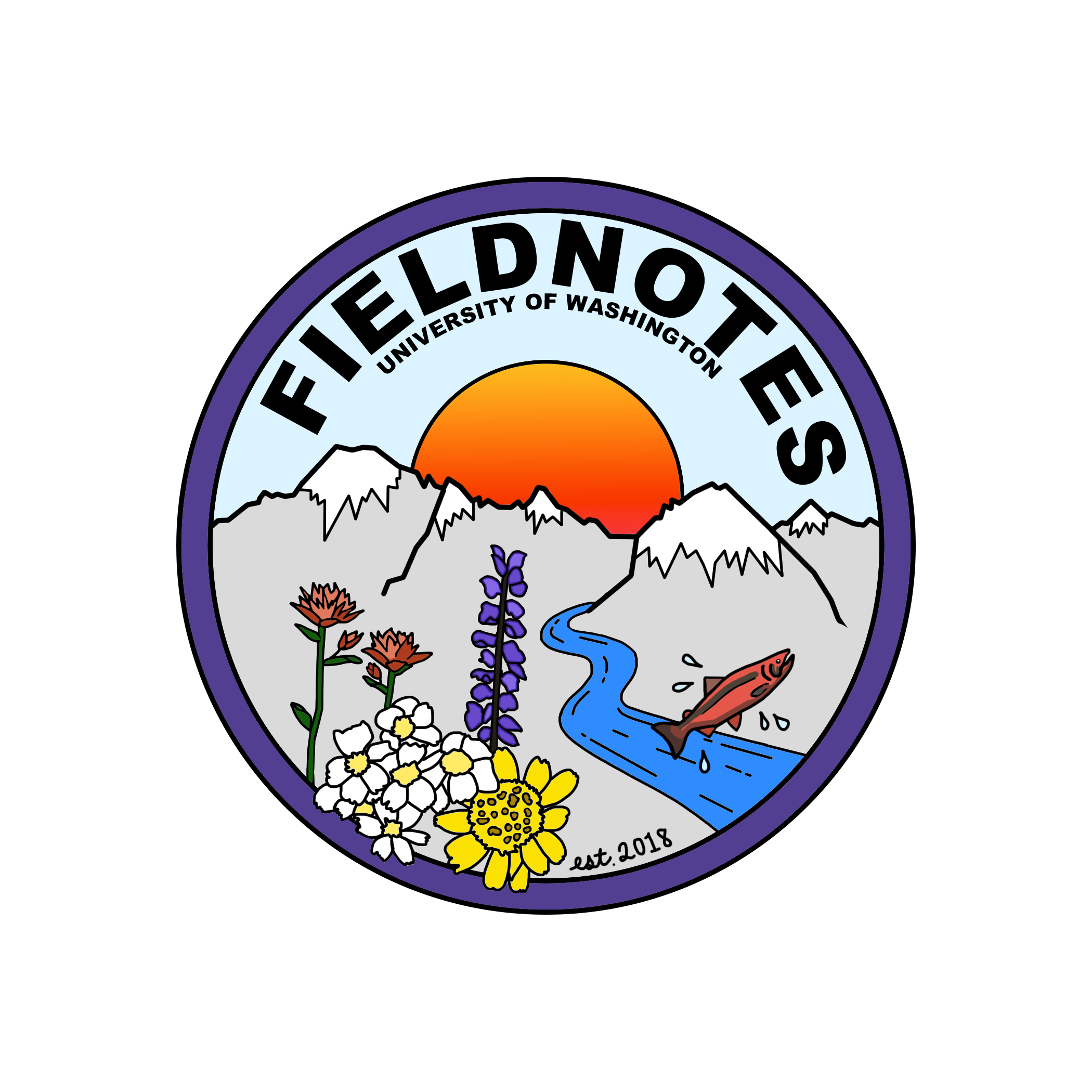Reclaiming Urban Spaces for Native Communities
BY JANE FILIAULT
Seattle is on Duwamish land. If you live in Seattle, you may have heard this refrain countless times in land acknowledgements or from community members.
White settlers first arrived in what is now Seattle in 1851, and since then, Duwamish lands have been occupied. Native culture has often been marginalized during the spread of Seattle’s urban sprawl, and many current Seattleites have forgotten Seattle’s indigenous cultural past. Today, many indigenous people are fighting to regain space and reestablish a sense of community in Seattle through preservation of nature.
I spoke with James Rasmussen, the current Superfund Manager for the Duwamish River Cleanup Coalition (DRCC), as well as founding member and former director of the DRCC. The DRCC is a group of ten organizations that function as a community advisory group to the Environmental Protection Agency (EPA), and a liaison from the Superfund to the community. Rasmussen represents the Duwamish Tribe in the Coalition, and was on the Duwamish Council for thirty years. Rasmussen’s family has a long history as leaders of the Duwamish Tribe: his mother and grandfather were also both part of the Duwamish Council.
James Rasmussen, current Superfund Manager of the Duwamish River Cleanup Coalition
The Duwamish River was declared a Superfund site in 2001, and since then the DRCC has been working to help clean the river and improve the lives of residents in Seattle’s Georgetown and South Park neighborhoods. In Rasmussen’s words, “We’re there to listen to the community, to hear what their concerns are, and then to be able to amplify that voice”. BJ Cummings, the current Community Engagement Manager for the Superfund Research Program at the University of Washington founded the DRCC in 2001 in order to align the interests of large environmental organizations and the people who were affected by environmental issues. She described their mission as working to “prioritize issues of environmental justice and the voices of those most impacted.”
While the people living in the South Park and Georgetown communities of Seattle do not make up the majority of people working in the industries there, the industry is still important for the health and vitality of the areas around the Duwamish River. The DRCC aims to serve as a voice for the people to help the EPA understand what is really needed from the people affected by the Duwamish River cleanup efforts.
Rasmussen also spoke to me about the importance of the Duwamish River to Duwamish tribal culture, and why is it so key specifically for the Duwamish people that the river be preserved. Rasmussen explained that “even though the river has been changed- it’s been straightened and dredged, it’s still a river. It’s still alive.” Rasmussen likened the river to “a sick grandmother” for whom “we still have to care what’s going on with it.” For the Duwamish people, the spirits of their ancestors still walk this land, and for Rasmussen specifically, he feels not just answerable “to the living, but also to those who have passed.”
A view of an industrial zone on the Duwamish River
The deep significance of the Duwamish river and nature can never be articulated fully in just a short blog post, but Rasmussen emphasized the sense of deep emotional connection that the Duwamish people have to the land, and how this motivates him to preserve the lands and rivers where his ancestors still walk. “All of the wildlife and flora and fauna in the river are also part of my family. My grandfather used to tell me that.”
Through preservation of native lands, and the animals and plants that occupy these lands, Pacific Northwest indigenous heritage can be uplifted and preserved. In this way, indigenous people can begin to reclaim the lands that truly belong to them. In order for indigenous people to be able to stay in touch with their culture in urban areas like Seattle, natural watersheds, rivers, forests and parks need to be preserved and well taken care of. Indigenous people now and in future generations deserve to connect with their culture through nature in cities and rural areas alike.


